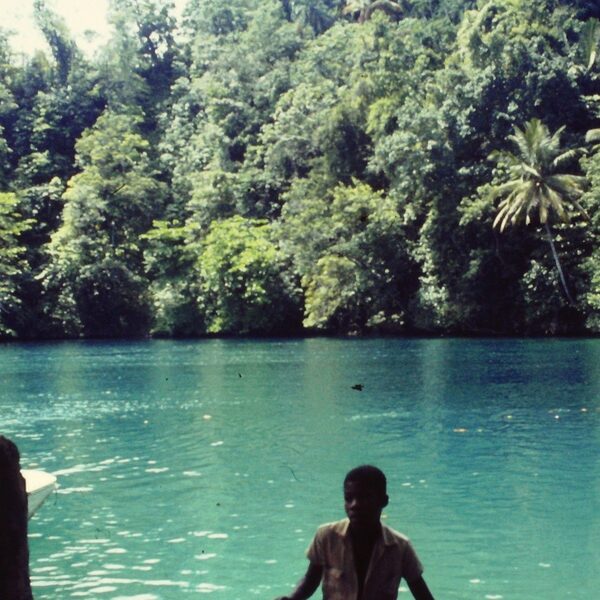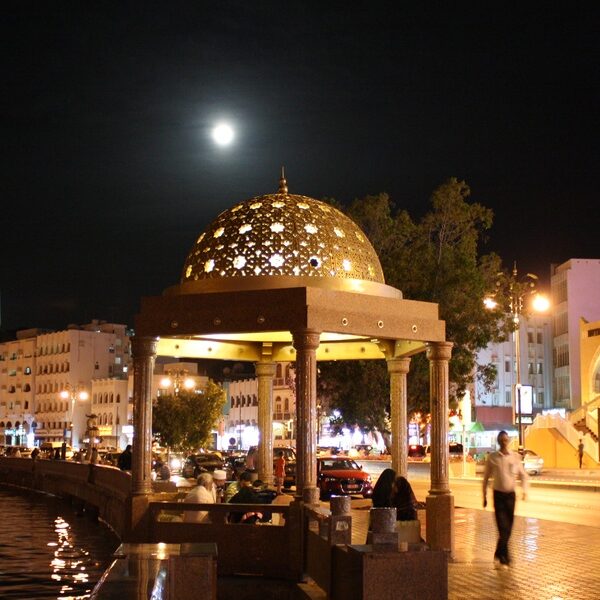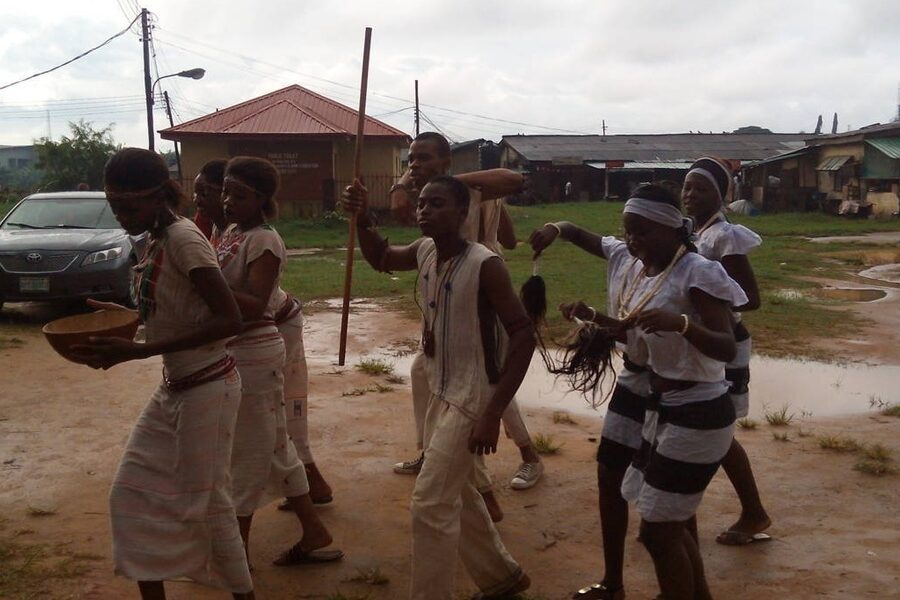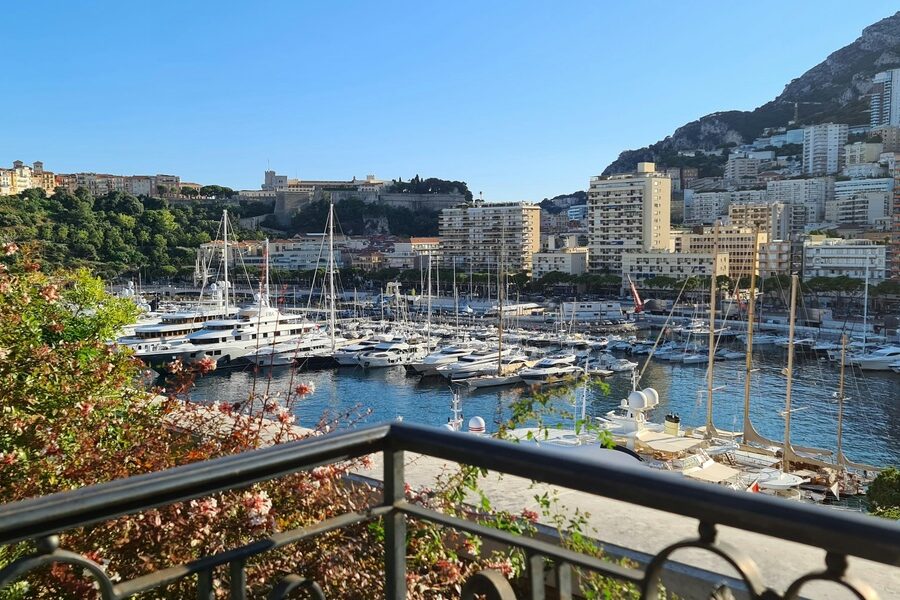Azerbaijan sits at the crossroads of Eastern Europe and Western Asia, shaped by centuries of migration, trade routes, and shifting borders. That history shows up in its towns and villages as a mix of languages, customs, and regional identities that influence everyday life and local politics.
There are 17 Azerbaijan Ethnic Groups, ranging from Armenians to Ukrainians. For each group, entries are organized by Population (%),Primary region(s),Main language(s) so you can quickly compare size, location, and linguistic profile—you’ll find these details below.
Which ethnic groups make up the largest share of Azerbaijan’s population?
Azerbaijanis form the overwhelming majority; other relatively larger groups include Lezgins, Talysh, Russians and historically Armenians in certain areas. Smaller groups are dispersed regionally and their presence can vary between urban centers and border regions.
How current and reliable is the population data for these groups?
Data usually comes from national censuses and estimates, but figures can lag or undercount minorities due to migration, conflict, and differing self-identification. Check the notes and sources below each entry for collection year and any caveats.
Azerbaijan Ethnic Groups
| Name | Population (%) | Primary region(s) | Main language(s) |
|---|---|---|---|
| Azerbaijanis | 91.60 | Nationwide | Azerbaijani |
| Lezgins | 2.02 | Qusar, Khachmaz, Qabala | Lezgin, Azerbaijani |
| Armenians | 1.35 | Formerly Nagorno-Karabakh | Armenian |
| Russians | 1.34 | Baku, Sumqayit, Ganja | Russian |
| Talysh | 1.26 | Lankaran, Astara, Lerik, Masally | Talysh, Azerbaijani |
| Avars | 0.56 | Balakan, Zaqatala | Avar, Azerbaijani |
| Meskhetian Turks | 0.43 | Various rural districts | Turkish, Azerbaijani, Russian |
| Tatars | 0.29 | Baku, Sumqayit | Tatar, Russian, Azerbaijani |
| Tats | 0.28 | Absheron Peninsula, Quba, Khizi | Tat, Azerbaijani |
| Ukrainians | 0.24 | Baku, Sumqayit | Ukrainian, Russian |
| Tsakhurs | 0.14 | Zaqatala | Tsakhur, Azerbaijani |
| Georgians (Ingiloys) | 0.11 | Qakh, Zaqatala | Georgian, Azerbaijani |
| Jews | 0.10 | Quba (Qırmızı Qəsəbə), Baku | Juhuri, Russian, Hebrew |
| Kurds | 0.07 | Formerly Lachin, Kalbajar; now dispersed | Kurmanji Kurdish, Azerbaijani |
| Kryts | 0.05 | Quba | Kryts, Azerbaijani |
| Udins | 0.04 | Nij (Qabala district), Oghuz | Udi, Azerbaijani |
| Khinalug | 0.02 | Quba | Khinalug, Azerbaijani |
Images and Descriptions
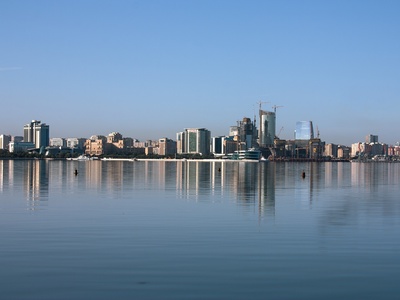
Azerbaijanis
The titular and largest ethnic group, constituting the vast majority of the population. Their Turkic language and culture, with deep roots in the region, form the core of the nation’s identity.
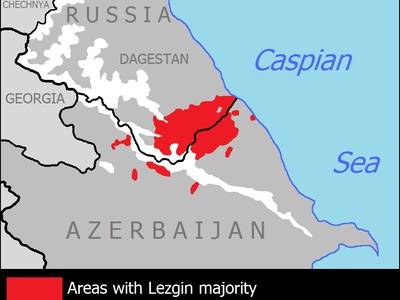
Lezgins
The largest ethnic minority group, concentrated in the northeast near the border with Dagestan, Russia. They are one of the indigenous peoples of the Caucasus with a distinct language and vibrant traditions.
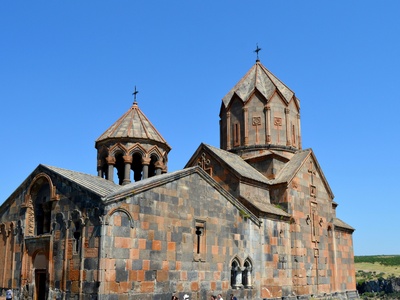
Armenians
The 2009 census figure primarily reflected the population in the Nagorno-Karabakh region. Following the conflict of 2023, the vast majority of this population has since departed the area.
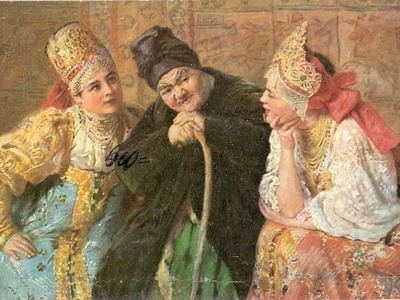
Russians
A significant urban minority, with a presence dating back to the Russian Empire. This community has played an important role in the country’s industrial, cultural, and intellectual life, especially in Baku.
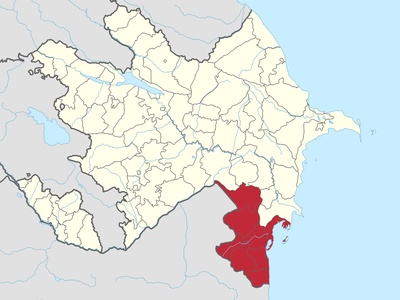
Talysh
An ancient Iranian people indigenous to the subtropical Lankaran lowlands and Talysh Mountains in the country’s southeast. They have preserved their unique language, culture, and traditions in this distinct region.

Avars
A Northeast Caucasian people concentrated in the northwestern districts bordering Dagestan. They share close linguistic and cultural ties with the larger Avar population across the border in Russia.
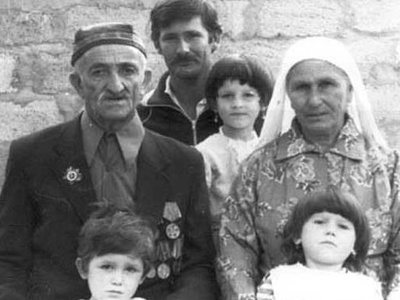
Meskhetian Turks
Mainly descendants of Turks deported from the Meskheti region of Georgia in 1944 under Stalin. After years in exile in Central Asia, many were resettled in Azerbaijan from the late 1980s.
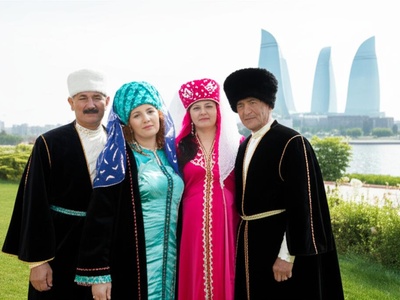
Tatars
Mostly Volga Tatars whose ancestors migrated to Azerbaijan, particularly during the first oil boom. They are a well-integrated urban community primarily living in the major cities.

Tats
An ancient Iranian people of the Eastern Caucasus. The majority are Muslim, often called “Muslim Tats” to distinguish them from other Tat-speaking groups like Mountain Jews and Christian Udins.
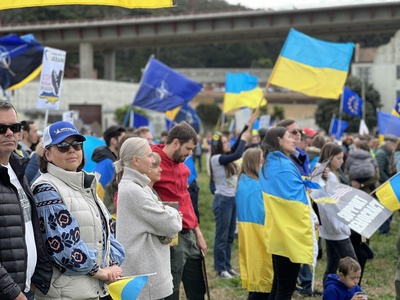
Ukrainians
An urban minority whose presence dates to migrations during the Russian Empire and Soviet eras. Like other Slavic groups, they are mainly concentrated in the country’s largest industrial cities.
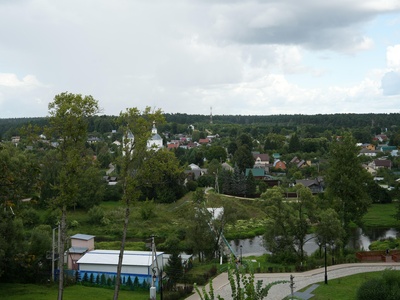
Tsakhurs
A Northeast Caucasian people living in the northwestern Zaqatala region. Their language and culture are closely related to other peoples of Dagestan, and they maintain strong community bonds in their mountain villages.
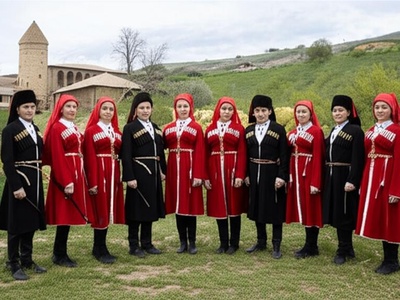
Georgians (Ingiloys)
An ethnographic group of Georgians indigenous to the Saingilo region in northwestern Azerbaijan. The community is religiously diverse, including both Orthodox Christians and Sunni Muslims.

Jews
Comprises several groups, most notably the indigenous Mountain Jews. The town of Qırmızı Qəsəbə (Red Village) near Quba is a unique, dense settlement of Mountain Jews and a major cultural center.
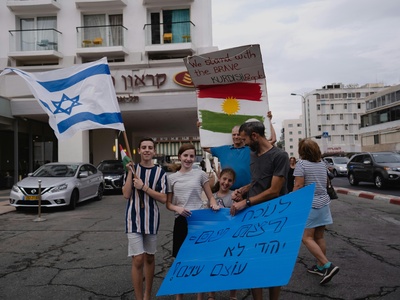
Kurds
Historically concentrated in the area between Nagorno-Karabakh and Armenia. The population was significantly displaced and dispersed by the conflicts in the region, with many now living in other parts of the country.
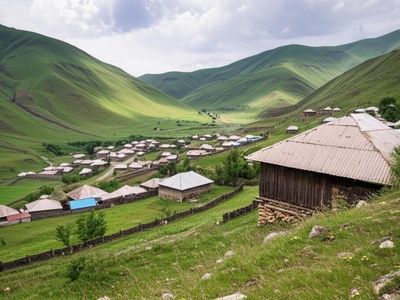
Kryts
A small, indigenous Northeast Caucasian people of the Shahdagh group, residing in several high-altitude villages in the Quba district. Their distinct language and culture are closely tied to their mountainous homeland.
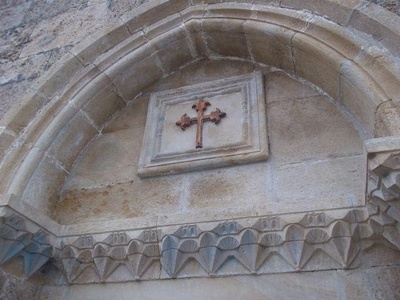
Udins
A unique and ancient people considered to be direct descendants of the Caucasian Albanians. They have preserved their distinct Christian faith and language, primarily in the large village of Nij.
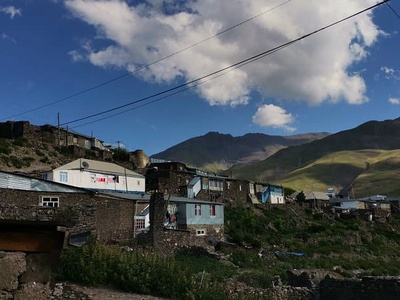
Khinalug
An ancient and highly isolated people living in the remote mountain village of Khinalug. Their language is a linguistic isolate, unrelated to any other in the world, making them a subject of great interest.


